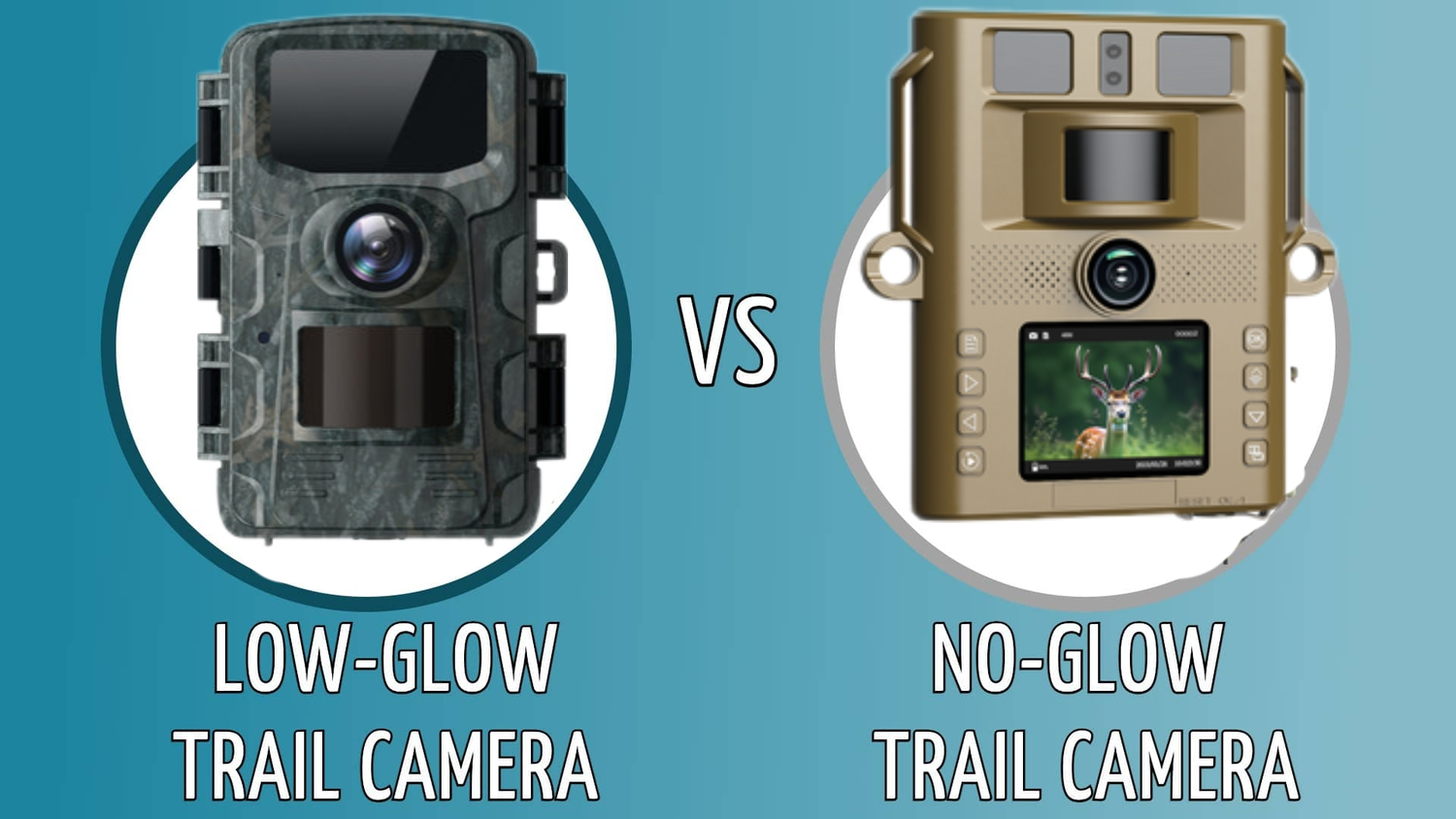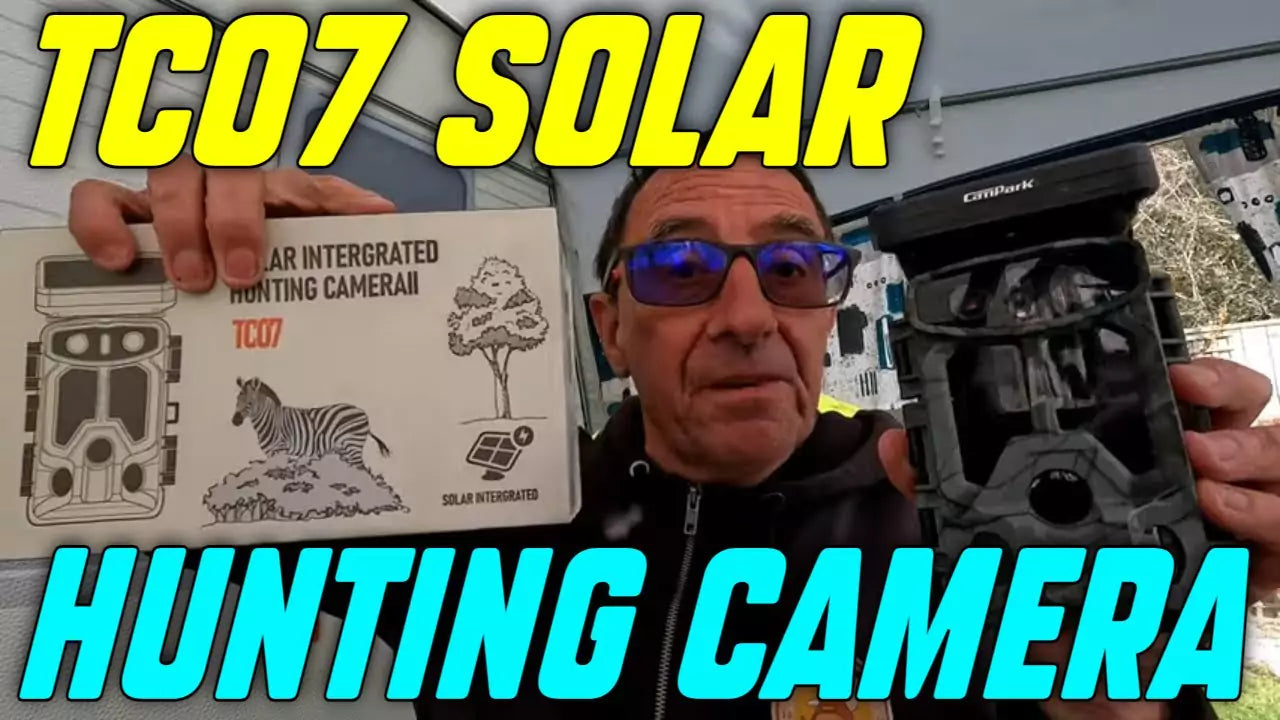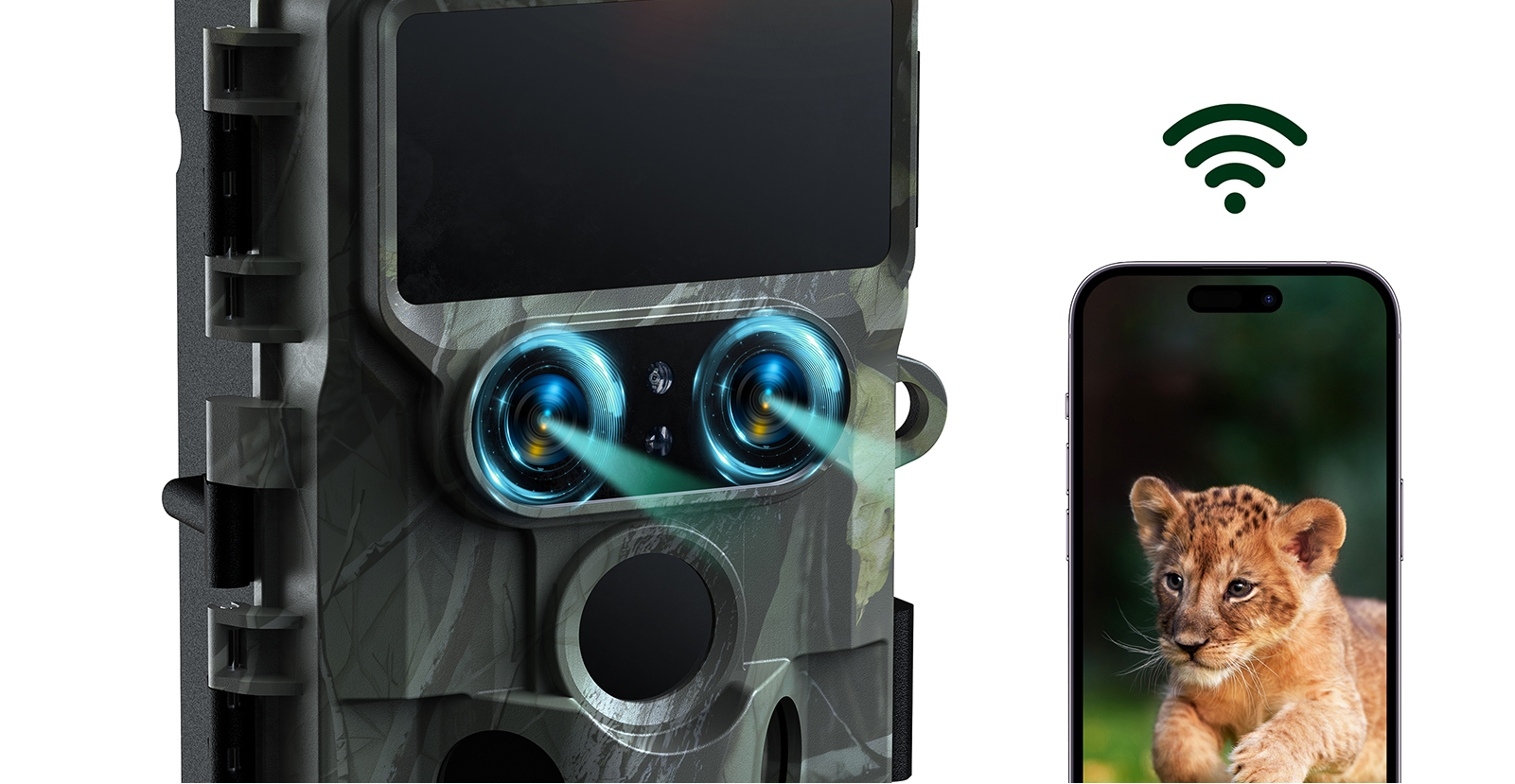Stealth

No Glow:
No glow trail cameras, also known as black flash trail cameras, are designed to capture images and videos without emitting any visible light.
These cameras are virtually undetectable, making them ideal for scenarios where stealth is crucial, such as security surveillance or wildlife observation.
They do not alert wildlife or humans to their presence, as there is no visible flash when capturing images or videos.
Low Glow:
Low glow trail cameras, also known as red glow or infrared trail cameras, utilize a low-intensity infrared flash to capture images and videos in low light conditions.
While less stealthy than no glow cameras, low glow cameras emit a faint red glow that is generally imperceptible to most wildlife and humans.
However, some animals may still detect the faint red glow, albeit less alarming than traditional white flash cameras.
Image Quality

No Glow:
Image quality during daytime is generally good, comparable to conventional trail cameras.
However, in low light conditions, such as at night, the absence of visible light may result in slightly lower quality images compared to low glow cameras.
No glow cameras typically rely on advanced infrared technology to compensate for the lack of visible light, ensuring clear images in various lighting conditions.
Low Glow:
Low glow trail cameras often provide better image quality in low light conditions compared to no glow cameras.
The presence of the infrared flash helps illuminate subjects without alerting them, resulting in clearer images and videos.
They are particularly effective for capturing nighttime wildlife activity with minimal disturbance.
Battery Life

No Glow:
No glow cameras may consume more battery power compared to low glow cameras due to the advanced infrared technology used.
The technology required to maintain stealth while capturing clear images and videos can result in slightly higher battery consumption.
However, advancements in battery technology have improved the efficiency of these cameras over time.
Low Glow:
Low glow trail cameras generally have better battery life compared to no glow cameras.
The low-intensity infrared flash requires less power, leading to extended battery life and prolonged operation in the field.
Users can expect reliable performance and fewer instances of battery replacement or recharging.
Price

No Glow:
Pricing for no glow trail cameras tends to be slightly higher compared to low glow cameras.
The advanced technology used to maintain stealth while capturing clear images and videos contributes to the higher cost.
However, the investment is justified for users who prioritize stealth and image quality in their trail camera setups.
Low Glow:
Low glow trail cameras are generally more affordable compared to no glow cameras.
The simpler technology involved in producing the low-intensity infrared flash results in lower production costs and, consequently, lower retail prices.
Users can enjoy the benefits of infrared technology without breaking the bank.
Detection Range

No Glow:
Detection range may be slightly shorter compared to low glow cameras due to the absence of visible light.
In complete darkness, the camera's ability to detect subjects at longer distances may be limited.
However, the advanced infrared technology used in no glow cameras ensures reliable detection and capture of wildlife activity within a reasonable range.
Low Glow:
Low glow trail cameras may have a slightly longer detection range compared to no glow cameras.
The presence of the infrared flash enhances the camera's ability to detect subjects in low light conditions, extending the effective range of the device.
Users can capture wildlife activity from a greater distance without compromising image quality or stealth.
Application

Both no glow and low glow trail cameras have diverse applications in hunting, wildlife observation, research, and property surveillance.
The choice between the two depends on the specific requirements of the user and the environmental conditions in which the cameras will be deployed.
No glow cameras are ideal for scenarios where discretion and stealth are paramount, while low glow cameras offer a balance between stealth and image quality.
Drawbacks

No Glow:
One drawback of no glow cameras is the difficulty in confirming whether the camera has captured images or videos successfully.
Without a visible flash, users may find it challenging to verify the camera's operation without checking the device directly.
However, this drawback is mitigated by the reliability and performance of modern trail camera technology.
Low Glow:
The faint red glow emitted by low glow cameras may still be visible to some wildlife or humans, potentially causing them to become alert or wary.
While less noticeable than traditional white flash cameras, the red glow may affect wildlife behavior in certain situations.
Users should consider the potential impact on wildlife and adjust camera settings accordingly to minimize disturbance.
In summary, both no glow and low glow trail cameras offer unique advantages and considerations for users. The choice between the two depends on factors such as stealth requirements, image quality preferences, battery life considerations, price sensitivity, and application-specific needs. By understanding the differences and trade-offs between these two types of cameras, users can make informed decisions to meet their trail camera objectives effectively.




Leave a comment
This site is protected by hCaptcha and the hCaptcha Privacy Policy and Terms of Service apply.